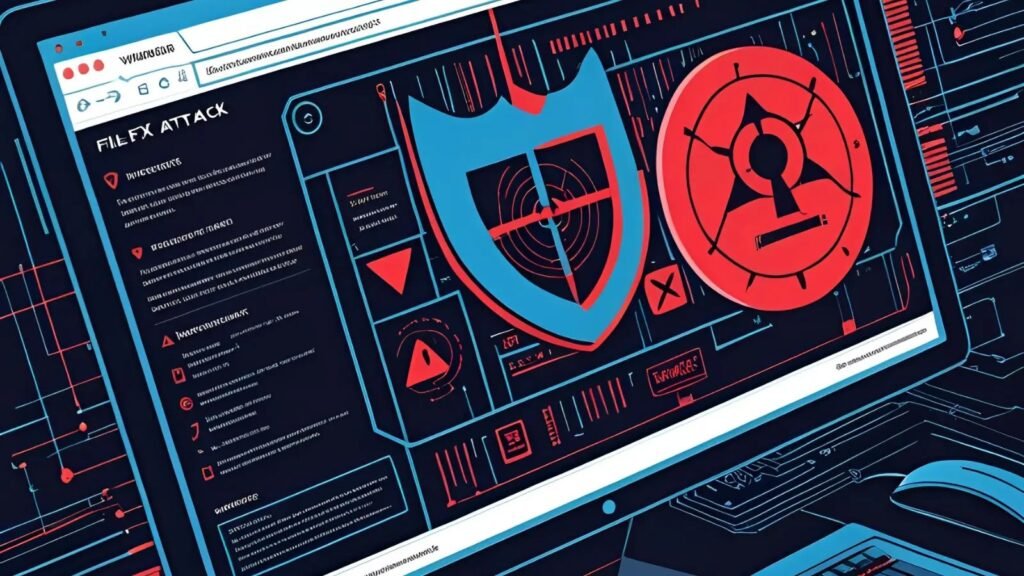A newly identified attack vector, dubbed the “FileFix Attack,” has surfaced, exploiting a subtle yet critical loophole in how modern browsers like Google Chrome and Microsoft Edge handle saved web content.
This technique cunningly sidesteps the Windows Mark-of-the-Web (MOTW) security feature, which typically flags downloaded files as potentially unsafe and prompts users with warnings before execution.
A Clever Bypass of Windows Security Mechanisms
By leveraging specific MIME types and user behavior, attackers can deliver malicious content that executes without triggering these essential safeguards.
According to the Report, the core of the FileFix Attack lies in its manipulation of how browsers save HTML content.
When a user saves a webpage using Ctrl+S or the “Save as” option in formats like “Webpage, Single File” (.mhtml) or “Webpage, Complete” (.html), and the content is served with a MIME type of text/html or application/xhtml+xml, the resulting file is not tagged with MOTW.

This contrasts with other MIME types like image/png or image/svg+xml, where MOTW is applied.
Social Engineering Meets Technical Exploitation
Attackers exploit this by crafting HTML files often disguised as benign content such as backup codes and embedding malicious scripts within.
When saved and renamed with a .hta (HTML Application) extension, these files can execute scripts without security prompts, thanks to the .hta format’s ability to process HTML and scripts natively.
The attack’s sophistication is amplified through social engineering. A typical scenario involves a phishing page styled to mimic a legitimate service, prompting users to save “backup codes” using Ctrl+S.
The page might include instructions to name the file with a .hta extension, such as MfaBackupCodes2025.hta.
Upon saving and executing, the embedded JScript (e.g., spawning a command shell to ping a domain) runs unchecked.
Furthermore, attackers manipulate the .html suffix appended by browsers thus ensuring the .hta extension remains intact.
Even Data URIs with text/html MIME types are weaponized, allowing base64-encoded malicious content to be saved without MOTW, posing an additional risk.

This attack’s implications are significant, as it bypasses a fundamental Windows security layer designed to protect users from untrusted files.
Defenders face a challenge since the technique relies on user interaction rather than a direct exploit of browser or OS vulnerabilities.
One immediate mitigation is to disable mshta.exe, the binary responsible for executing .hta files, though this may not address potential adaptations of the attack to other file types.
As this method evolves, it underscores the need for heightened user awareness and more robust browser-level controls over how saved content is flagged and processed.
The FileFix Attack serves as a stark reminder that even well-established security mechanisms like MOTW can be circumvented through a blend of technical ingenuity and psychological manipulation, urging both users and security professionals to remain vigilant against such deceptive tactics.
Find this News Interesting! Follow us on Google News, LinkedIn, and X to Get Instant Updates


